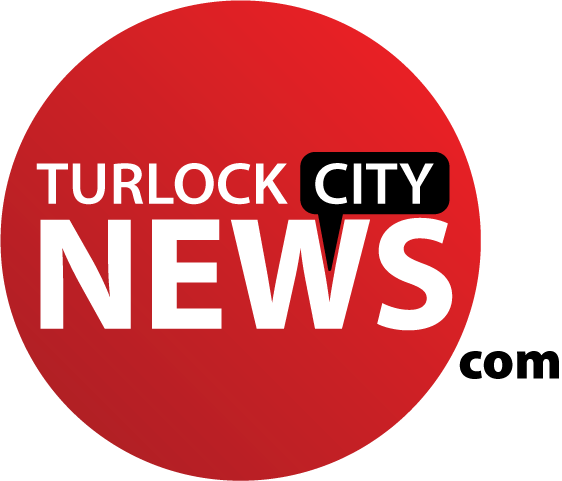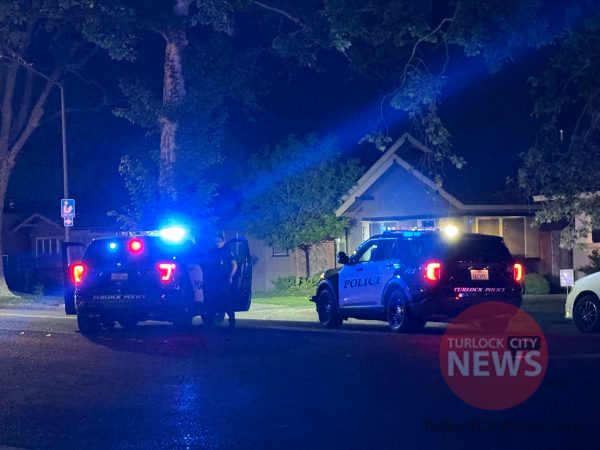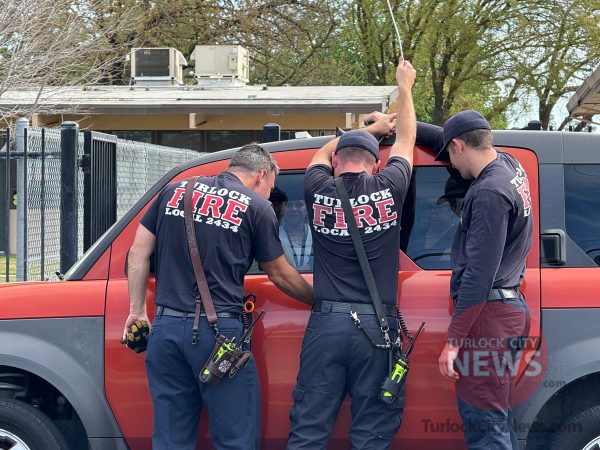Mayor John Lazar set one major goal in his 2013 State of the City address: putting a new road maintenance tax before voters.
Over the next three months, Lazar will take that message to the people, as the city will hold a series of workshops across Turlock to discuss the pros and cons of a potential new transportation tax.
“It's easy not to do anything,” Lazar said. “It's tough to step out and make a decision, especially on this issue. No one likes taxes.”
But the time to act is now, Lazar said, with Turlock's streets in shoddy condition and deteriorating further each day. Meetings will be held in the next 90 days, though dates and locations are yet to be determined.
The question remains: Will the public support a transportation tax? And what sort of tax would Turlockers find most palatable?
"We want to make sure we're heading in a direction they're comfortable with,” said Turlock City Councilmember Steven Nascimento.
Not all Turlock City Councilmembers are comfortable with the transportation tax proposal. Though she agreed that Turlock's roads are in bad shape, Councilmember Amy Bublak said Tuesday was unsure of a potential transportation tax with other costs looming on the horizon.
Turlockers are likely in for a surge in water rates, should a new surface water treatment facility be constructed. And a proposed countywide public safety tax, funding expanded policing efforts, could further stress Turlockers' pocketbooks.
“We have to decide which is it we're going to go for, or are we going to go for all of them?” Bublak said.“ … Is it the roadways, is it safety, is it your water, or is it all of it?
“My interest is roadways,” Lazar said. “I think at a certain point you have to make a decision about what you want to get accomplished.”
Could be Sales or Property Tax
The specifics of a transportation tax are far from determined, but Turlock City Engineer Mike Pitcock provided some rough estimates Tuesday of what a transportation tax could look like.
Turlock has two main options: either a sales tax, or a property tax.
A half-cent sales tax, assessed on all taxable purchases within the city, would generate about $5 million annually. But while transportation taxes are common at the county level, they are virtually unheard of on a local level.
“As far as I've been able to tell, no city has a municipal sales tax for transportation,” said consultant Bill Berry, of William Berry Campaigns. “So you'd be charting new waters.”
Stanislaus County tried to pass a countywide transportation tax in 2008, but failed to reach the required two-third threshold for passage by fewer than 300 votes. The county is in the very early stages of considering another effort at a countywide tax, but such an effort is years off at best. Any Turlock tax would likely be written to sunset should a countywide measure be approved.
“They could never pass it, if we already had it,” Turlock City Councilmember Forrest White said. “… It would make it twice as hard.”
Should a parcel tax be passed instead, each property owner in Turlock could be assessed about $402 annually, raising roughly $8 million.
“My concern on the parcel tax is, it goes back to the people who use our roads but don't live here” White said, noting that Turlock is a major regional shopping destination. A sales tax would affect all who shop in Turlock.
A parcel tax could instead be assessed on a per-square footage basis, at a more-reasonable cost of $162 for a home on a 7,502 square foot lot. But large parcel owners would pay much, much more; a 10-acre parcel would translate to $9,400 in annual taxes.
“It's good for some but it's not so good for others,” Pitcock said.
The legality of levying property taxes by square footage is also currently in question.
Any property tax would likely replace benefit assessment districts, which see some Turlock residents pay annual taxes for road maintenance in their specific neighborhoods. The same example home would pay $177 in an average benefit assessment district. Sales taxes might come in addition to benefit assessment districts, but city staff said Turlockers would see the benefits of both with improved major roadways in addition to their neighborhood's continually maintained streets.
The funding raised from any tax wouldn't necessarily make Turlock's streets any better. A 2008 study found that it would cost $10 million annually just to maintain the current state of Turlock's roads.
But Turlock hopes it can leverage the money as a “self-help” city to qualify for millions more in state and federal grants. Currently, the city and county are ineligible for matching funds which could easily double Turlock's available funding for road repairs.
Roads in Rough Shape
By any measure, Turlock's roads are in bad condition. In a 2008 study which indexed all city streets based on pavement condition, Turlock averaged a 59 on the 100 point scale – a rating deemed only “acceptable.”
The rating was dragged down by the nearly 20 percent of roads in “poor” condition, scoring below a 25. Only 37 percent of streets were classified as good – above an 80.
At the time, analysts IMS Infrastructure Management Services estimated it would cost $92.35 million to bring Turlock's streets up to an average score of 80. But just to stay even at 59, Turlock would need to spend $10 million on roads annually.
Turlock's streets have only gotten worse since that 2008 study, as the city spends just $2 million on roads annually.
About $750,000 of that comes from federal grants, with another $750,000 coming from state grants. Most of that money is spent on major arterial and collector road repairs, so as to benefit the most drivers.
“Between the needs and the money available, there's just not enough,” Pitcock said.
The remaining $500,000 comes from taxpayers in benefit assessment districts, established in most Turlock subdivisions built since the early 1990s. That money, collected with property taxes, is dedicated to maintaining streets within the neighborhood with slurry seals every 7 years.
Though Pitcock said some Turlockers are frustrated by the maintenance performed on seemingly good roads while older parts of town have streets resembling cobblestone, the homeowners are essentially paying for their own street maintenance.
And maintaining roads which are already in a good state is much more cost efficient than fixing dilapidated byways. A slurry seal costs just 46 cents per square foot; a two-inch pavement overlay costs $2.30 per square foot, while a total reconstruction costs $5.60 per square foot.
“It's very imperative that we get to these roads when they are at the slurry seal stage,” Pitcock said. “… You get so much more bang for your buck.”
Because of that, Turlock may opt to slurry seal roads in good condition in the first years of any transportation tax to best utilize the income. No strategy has yet been adopted or proposed for how transportation tax revenue would be spent.
Though the challenges are many, Lazar believes Turlock must act quickly to hammer out the details and pursue a road tax.
“I think our odds are better now than if we wait later,” Lazar said. “If we don't move on this, I think we're lost.”







